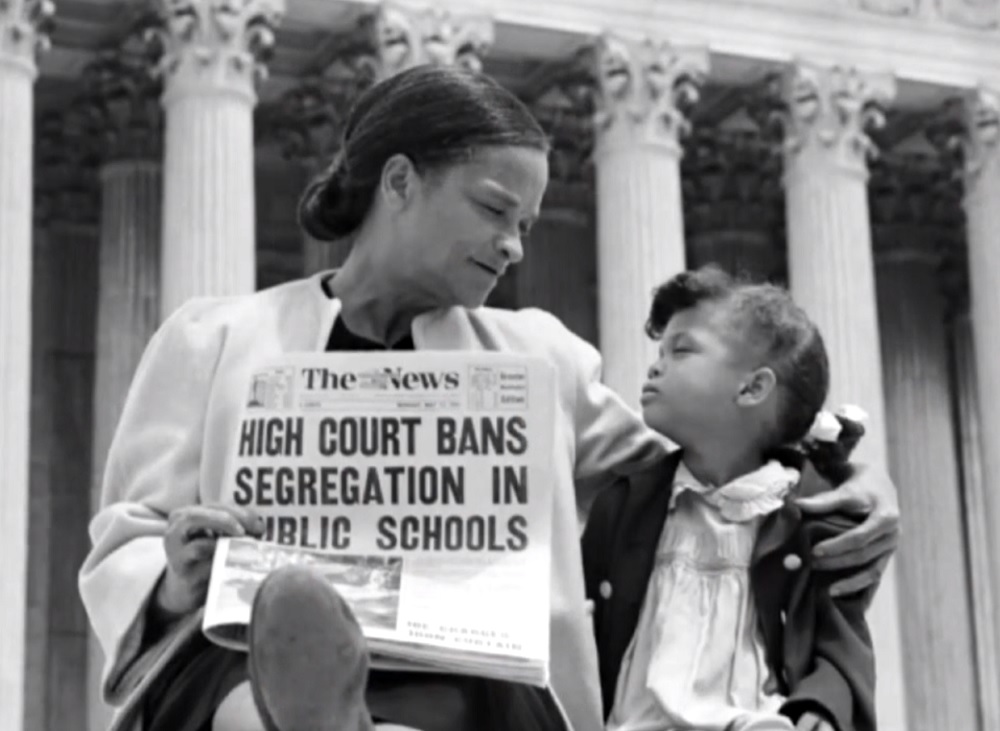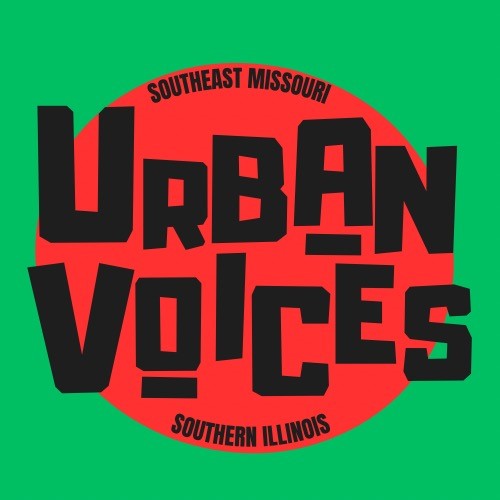Op-Ed: From Brown to MOScholars — Missouri’s Long Road of Unequal Education
By L Williams
In 1954, Brown v. Board of Education promised that “separate but equal” had no place in American schools. Missouri, like many border states, responded not with violent defiance, but with quiet resistance: delays, minimal compliance, and a reliance on “local control” that allowed segregation to persist in practice if not in law.
Fast forward 70 years. The Missouri legislature has now voted to spend $50 million in public tax dollars to expand the MOScholars program, which pays private and religious school tuition for families earning up to $173,000 annually. This marks the first time general revenue has been directly funneled into a program that sends students — and funding — outside the public school system.
Supporters call it “school choice.” But let’s be honest: choice without access is privilege. Private and parochial schools can select students based on academics, behavior, or religious beliefs. Public schools cannot. So, when public money follows students to selective institutions, who gets left behind?

The answer echoes back to the post-Brown era: low-income, marginalized, and Black and Brown children — the very students Brown was meant to uplift. It’s a new chapter in a familiar story: systems evolving to preserve inequity under the guise of reform.
We must ask: Are we building a more just education system — or repeating the past with a new vocabulary?
The Missouri legislature’s recent decision to allocate $50 million in general revenue to expand the MOScholars program, which funds private and parochial school tuition, marks a major shift in state education funding — and it has deep historical and civil rights implications when compared to Missouri’s response to Brown v. Board of Education.
Missouri Today: Public Funds for Private Education
The MOScholars expansion reflects a modern form of school choice policy that redirects public resources to private education — a move critics argue can reinforce educational inequality, much like past resistance to desegregation.
- Program Overview: MOScholars provides stipends equal to Missouri’s “State Adequacy Target,” diverting money that could be used for public schools.
- Eligibility: Families earning up to 300% of the federal poverty level qualify — a ceiling of $173,000 for a family of four — which includes many middle-class families.
- Controversy: Critics, including Democrats like Sen. Maggie Nurrenbern, argue this funding supports institutions that can discriminate based on religion or academics, potentially excluding students the public system must serve.
Historical Context: Missouri After Brown v. Board (1954)
After Brown v. Board of Education, Missouri’s approach to school desegregation was cautiously compliant, yet often slow and uneven. It:
- Allowed local control, which enabled delays.
- Integrated some urban districts under federal court pressure.
- Engaged in de facto segregation, especially through housing and district boundaries.
While Missouri avoided the extreme defiance of states like Alabama or Mississippi, its incrementalism and inaction allowed segregated schooling to persist well into the late 20th century.
Key Takeaways
- Policy Continuity: Missouri’s education system continues to struggle with equal access, shifting from race-based segregation to economic and institutional divides.
- Equity Concerns: Just as post-Brown efforts often failed to create truly integrated schools, current voucher-style policies may recreate segregated conditions by allowing selective enrollment and leaving underfunded public schools behind.
- Public Funding Priorities: Critics see the MOScholars funding as part of a broader trend of undermining public education, especially when public schools still face resource shortages in many communities.


































